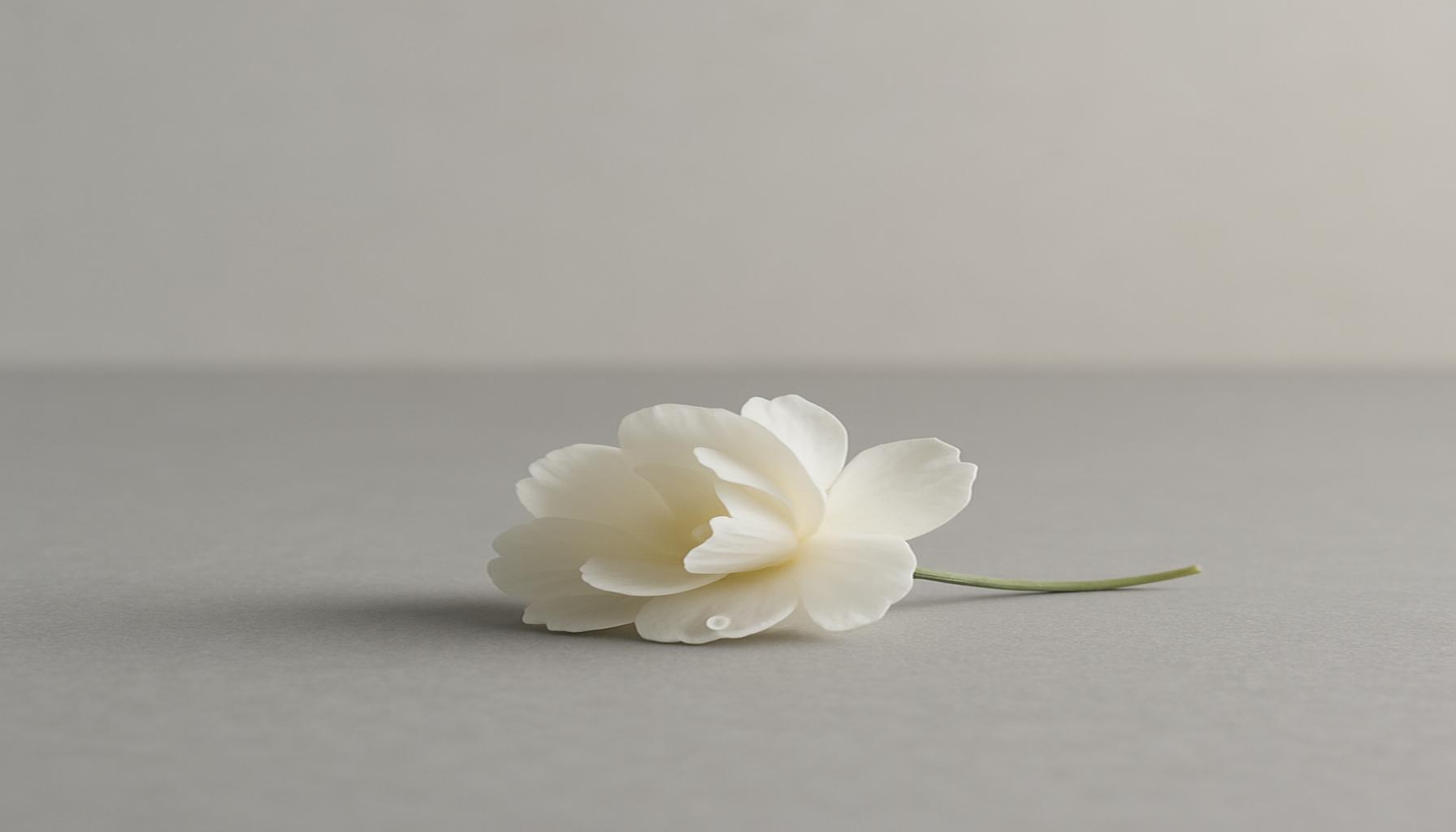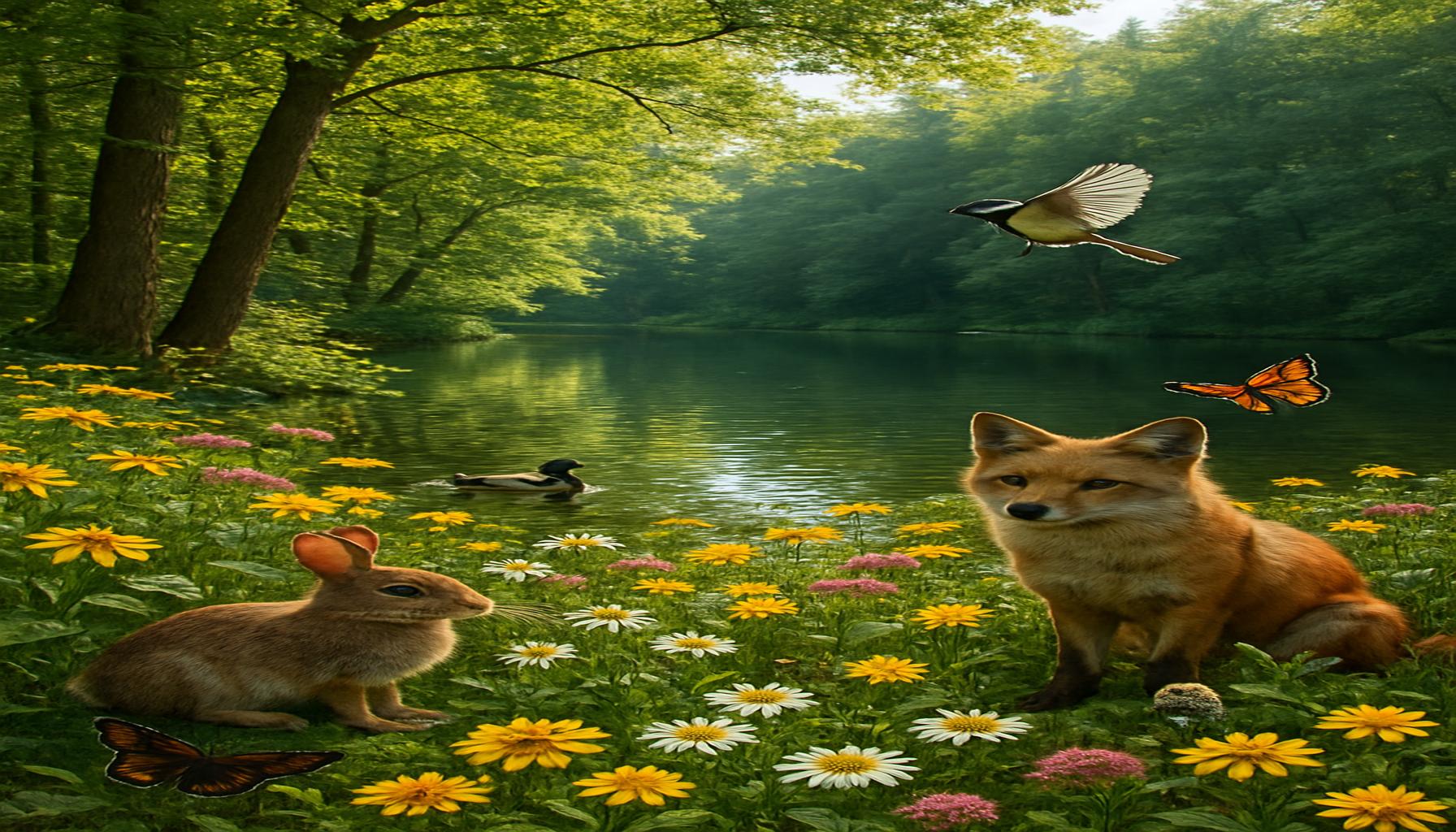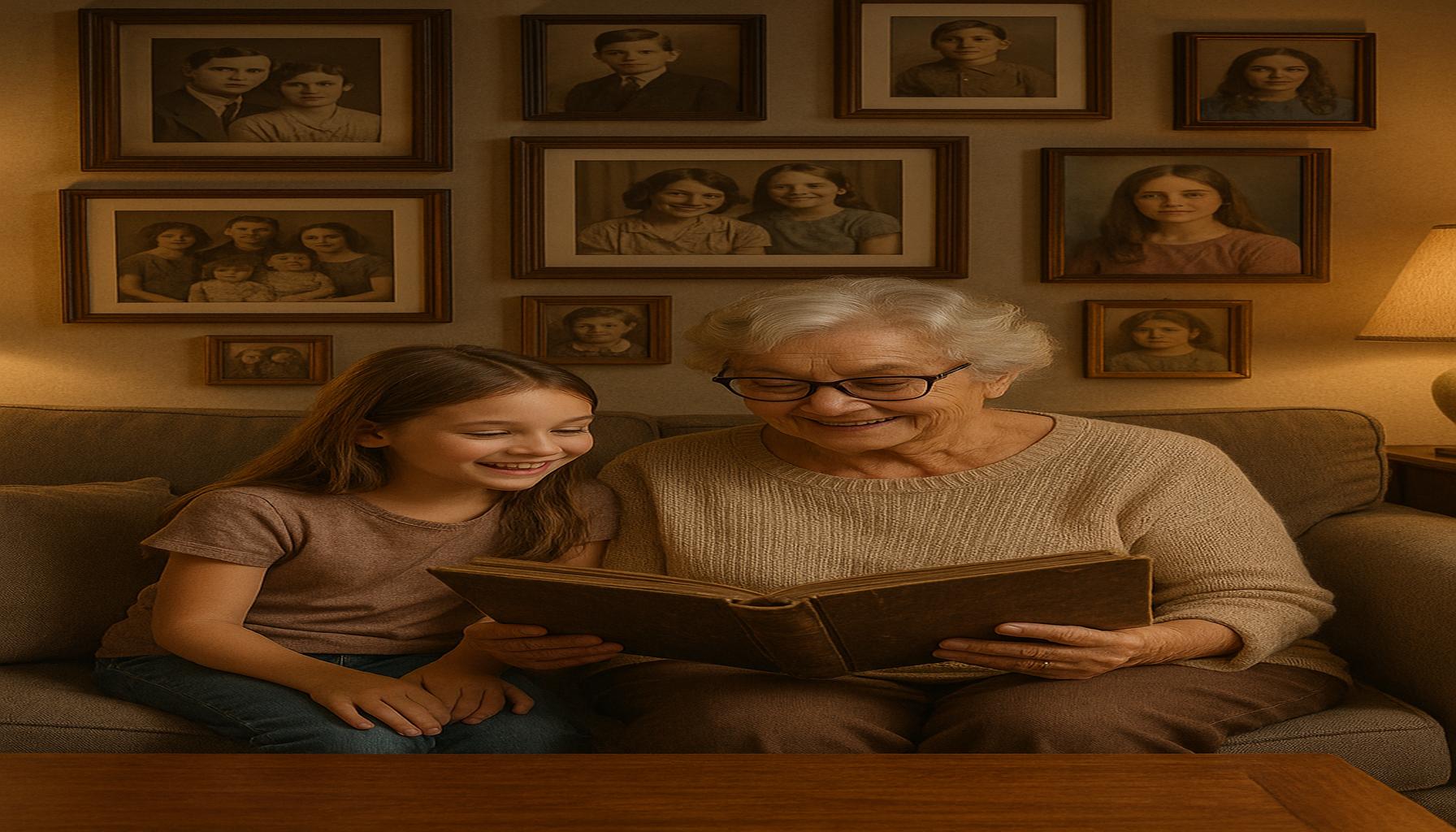Exploring Fashion Photography: The Intersection of Style, Culture, and Self-Expression
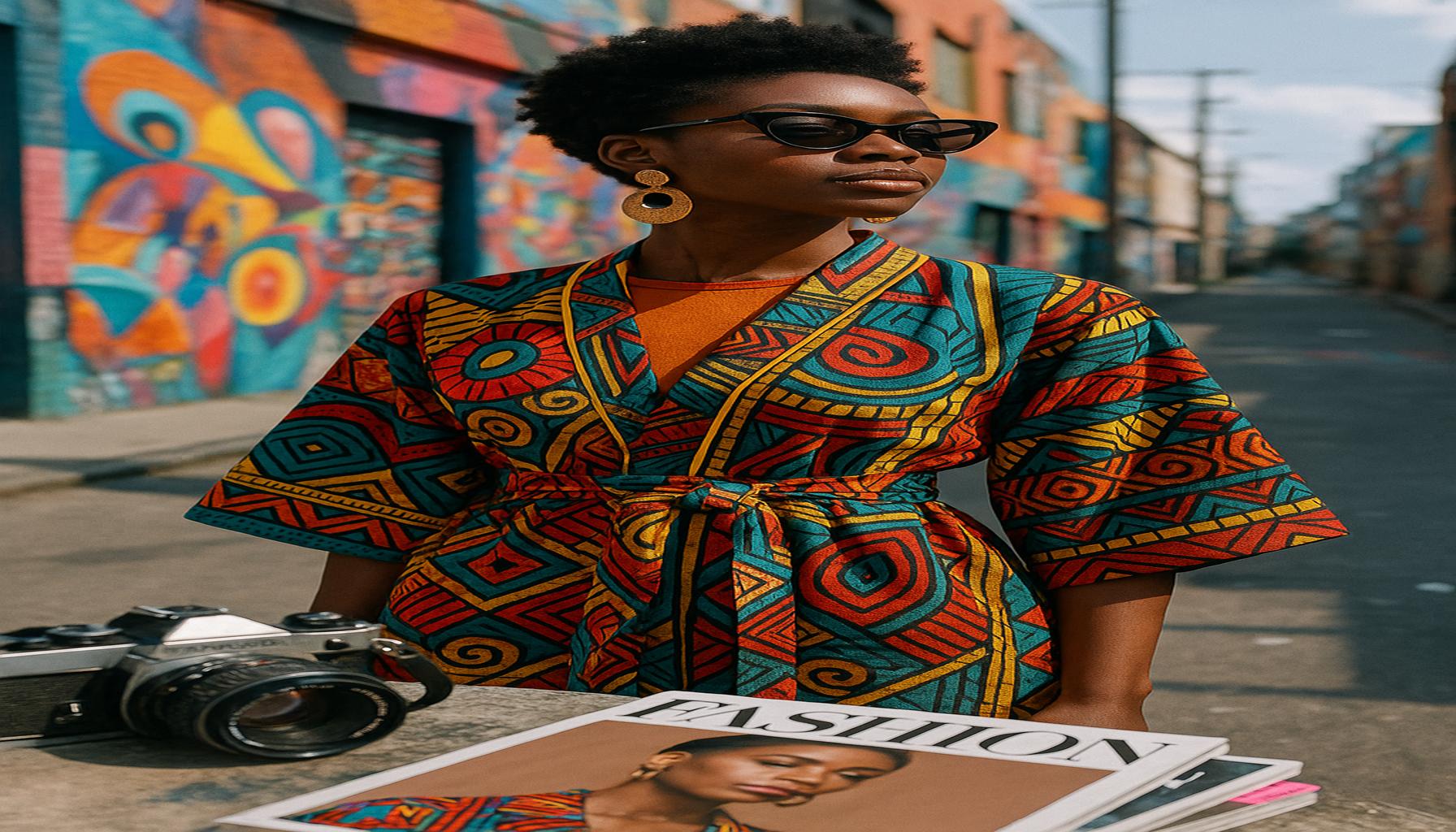
The Art and Impact of Fashion Photography
Fashion photography transcends mere clothing portrayal; it embodies a rich confluence of style, culture, and self-expression. This genre of photography operates at the crossroads of art and commerce, illustrating not just garments but also the sociopolitical narratives of our time. Each image tells a story, one that resonates deeply with individual experiences while also reflecting broader societal dynamics.
One compelling aspect of fashion photography is its ability to convey style. Photographers like Mario Testino or Annie Leibovitz curate their work through a unique artistic lens that not only highlights the garments but also enhances the mood and character of the images. For instance, Testino’s vibrant lifestyle shoots often embody glamour and luxury, bridging the gap between fantasy and reality. These images offer a glimpse into a curated world where aesthetic sensibilities meet the ideals of beauty that pervade contemporary culture.
In addition to aesthetics, fashion photography serves as a medium to explore culture. It captures the zeitgeist, from punk rock influences in the 1980s to the current body positivity movement affecting the fashion industry today. For example, the work of photographers like Tyler Mitchell has played a pivotal role in reshaping the representation of diversity within fashion, showcasing African American models in ways that challenge traditional narratives. This not only contributes to inclusivity within visual storytelling but also honors individual cultural identities while highlighting shared experiences.
The element of self-expression is equally significant in fashion photography. Both photographers and models utilize this platform to communicate their identities and aspirations. The burgeoning practice of street photography, with its candid captures of everyday life, presents a raw and authentic portrayal of personal style. For instance, influencers on platforms like Instagram have transformed how fashion is perceived, with a focus on individualism and authenticity rather than solely on high-fashion editorial content.
From the runways of New York to the backstreets of Los Angeles, the influence of fashion photography is pervasive, filtering into public consciousness and shaping perceptions of beauty and identity. These visuals not only reflect current trends but also serve as a commentary on societal values, pushing boundaries, and challenging conventional norms.
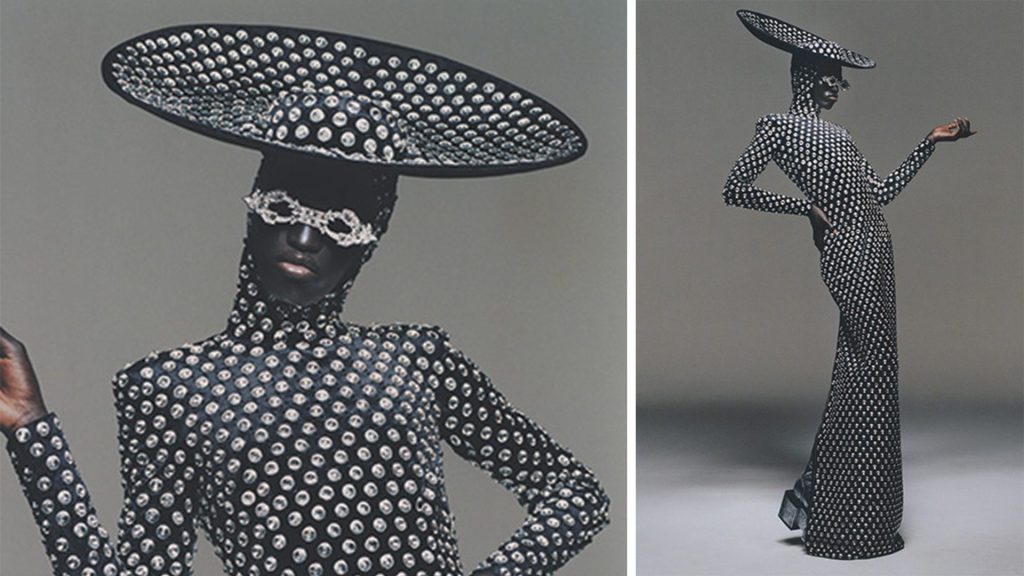
As we delve deeper into the intricate layers of fashion photography, we uncover a dynamic medium that continuously evolves alongside our shifting identities. By engaging with this art form, we invite a broader conversation about the narratives depicted through each frame, encouraging viewers to interrogate the implications of what they see. Join us on this journey of discovery and appreciation for an art form that is as influential as it is beautiful.
DISCOVER MORE: Click here to dive into street photography
The Language of Style in Fashion Photography
Fashion photography has long been a powerful vehicle for conveying style, an evolving language that not only encompasses the garments themselves but also the emotional resonance they carry. Professional photographers utilize a vast array of techniques to elicit responses from their audience, which includes careful consideration of lighting, composition, and even the choice of location. Each photograph serves as a canvas that blends clothing design with artistic vision, allowing photographers to create narratives that are visually compelling and culturally relevant.
The interplay between fashion design and photography transforms simple images into statements of identity. Iconic works from the likes of Richard Avedon, known for his ability to infuse personality into his subjects, demonstrate how fashion can be more than just fabric; it’s a means of storytelling. Each subject, from supermodels to everyday people, becomes an ambassador of style, encouraging viewers to reflect on their definitions of beauty and self-expression.
Key elements that contribute to the visual language of fashion photography include:
- Lighting: The use of natural or artificial light can evoke various emotions, setting the mood of the photograph.
- Color Palette: The colors chosen for an image can speak volumes about cultural influences, trends, and personal preferences.
- Pose and Expression: The way models pose and express emotions can communicate powerful messages about confidence, vulnerability, or rebellion.
- Setting: The choice of backdrop—be it urban landscapes or opulent interiors—adds layers of meaning, referencing cultural contexts and personal narratives.
This nexus of style and photography not only caters to commercial interests but also speaks to the broader social canvas. Take, for example, the wave of minimalist photography that has emerged in recent years, often championed by photographers such as Scott Schuman and Garance Doré. Their street style captures reflect a departure from heavily styled shoots, embracing authenticity. This focus mirrors a cultural shift towards valuing individuality over conformity, encouraging people to celebrate their personal style or to draw inspiration from the everyday rather than solely from high-fashion runways.
The evolution of social media has further amplified these conversations around fashion, style, and self-expression. Platforms like Instagram serve as virtual galleries for emerging photographers, enabling them to reach global audiences. Creators can now showcase their perspective on fashion in ways that challenge traditional editorial standards, often prioritizing realness and relatability over polished perfection. As this new generation of photographers emerges, they embody a diverse range of experiences and cultures, enriching the visual tapestry of fashion.
Ultimately, the art of fashion photography acts as a mirror reflecting societal values and evolutions in personal expression. As we navigate this rich landscape, one cannot help but appreciate how the intersection of style, culture, and self-expression intertwines within each frame, influencing not just the industry, but also individual viewers who find solace, aspiration, and identity through these captivating images.
| Element of Fashion Photography | Impact on Culture and Self-Expression |
|---|---|
| Diversity in Representation | Diverse models and aesthetics empower individuals to express their unique identities. |
| Fashion Trends as Cultural Narratives | Photography captures and broadcasts cultural dialogues, influencing personal style choices across societal boundaries. |
Fashion photography transcends mere image capture; it is a vibrant medium through which stories of culture and identity unfold. The representation of diverse models has revolutionized the fashion industry, allowing individuals from various backgrounds to see themselves reflected and celebrated in visual art. This representation fosters a sense of belonging and encourages self-expression, while simultaneously challenging preconceived notions of beauty.Moreover, the intersection of fashion and culture is vividly illustrated through photography as it serves as a historical archive of trends that narrate societal shifts. Each click of the camera is not just an aesthetic choice but a commentary on contemporary issues and the evolution of style. As photographers capture the dynamic interplay between culture and fashion, they initiate conversations that inspire others to explore their unique self-expressions, making the world of fashion an ever-evolving canvas of individuality.
DISCOVER MORE: Click here for an in-depth look
The Cultural Narratives Shaped by Fashion Photography
As fashion photography evolves, it continues to intersect profoundly with culture, acting as both a reflection and a catalyst for societal change. This art form does not merely showcase clothing; it captures the zeitgeist, revealing the values, attitudes, and aspirations of a given era. For instance, think of the vibrant photographic works by photographers like Ellen von Unwerth, whose playful approach to capturing feminine identity challenges conventional representations. Through her lens, the stories told go beyond just the garments; they delve into the complexities of sexuality, empowerment, and the nuances of female identity.
Moreover, the cultural ramifications of fashion photography extend into discussions surrounding diversity and representation. The rise of movements such as #BlackGirlMagic and the emphasis on inclusivity across fashion magazines signify a shift towards broader cultural narratives. This evolution can be traced back to landmark moments, such as the publication of Vogue Italia’s all-black issue in 2008, which sparked widespread conversation about race and representation in the industry. Photographers like Tyra Banks and Paul Leoren have since become advocates, pushing for visibility and balance in a historically exclusive field.
In understanding these cultural contexts, one can appreciate the significance of fashion photography in documenting social movements. The visuals crafted by photographers often coincide with activism, merging aesthetics with purpose. For example, during the Black Lives Matter movement, many fashion photographers have collaborated with activists to produce striking imagery that raises awareness about systemic issues while celebrating the power of individuality and style as forms of resistance.
The impact doesn’t stop there; local cultures also influence the portrayal of fashion in photography, allowing for a richer tapestry of styles from across the globe. The work of photographers such as Tim Walker, known for his extravagant, fairy-tale inspired shoots, often incorporates elements from British colonial history and cross-cultural influences, merging traditional with the contemporary. Each frame tells a story enriched with layers of historical context, underscoring national narratives that might otherwise remain unnoticed.
Furthermore, regional disparities in fashion photography have recently come to the forefront, with a spotlight on international photographers like Nigerian-born Yetunde Ayeni-Babaeko. Her striking images celebrate the vibrant textiles and traditions native to Africa, amplifying voices that were once sidelined within the global fashion discourse. Such works underscore the importance of self-expression and cultivate a broader understanding of how fashion functions within diverse cultures, allowing individuals to narrate their unique stories through style.
This dynamic based on cultural exchange also plays out online, with platforms like TikTok showcasing styles from various regions worldwide. The influence of micro-trends has shifted the paradigm, with users encouraging others to share their fashion perspectives—many local styles gaining traction globally, thus reinforcing the idea that fashion is not restricted by geography. Photographers are now needed more than ever to capture and convey these emerging styles, creating immersive experiences that deeply connect communities in an increasingly globalized world.
As we traverse the landscape of fashion photography, we uncover the intricate layers that weave style, culture, and self-expression into a cohesive narrative that speaks to the essence of humanity itself. In every photograph lies a story waiting to be discovered, one that contributes meaningfully to a collective understanding of fashion as an art form, cultural dialogue, and a profound expression of human identity.
DISCOVER MORE: Click here to delve into unique music compositions
Conclusion: The Legacy and Future of Fashion Photography
In a world where fashion photography serves as a powerful lens into the very fabric of society, it is clear that this art form transcends mere aesthetics. Each click of the shutter encapsulates intricate narratives interwoven with themes of identity, cultural diversity, and the ongoing struggle for representation. As we have explored, fashion photography is not static; it continually adapts, challenges norms, and inspires cultural conversations that resonate with audiences globally.
The convergence of style and culture within photography opens up realms of self-expression that allow individuals to craft their identity while advocating for inclusivity and authenticity. As new voices emerge from varied backgrounds, photographers are poised to reshape the industry landscape further, imbuing visual narratives with a rich tapestry of perspectives. The collaboration between fashion and activism also emphasizes the role of art as a catalyst for social change, demonstrating that clothing can indeed serve as a declaration of values and beliefs.
As we move forward, it will be essential to remain aware of the evolving dimensions of fashion photography. Social media platforms and digital accessibility are democratizing the art form, enabling everyone—from seasoned professionals to aspiring artists—to contribute their stories. In a globalized world that is increasingly interconnected, this vibrant dialogue will only amplify, providing fresh insights and inspirations.
Ultimately, exploring fashion photography is an invitation to reflect on how we see ourselves and others, challenging us to embrace diversity in all its forms. With every photograph, we are not just witnessing fashion; we are experiencing a collective identity shaped by culture, creativity, and the indomitable power of self-expression.
